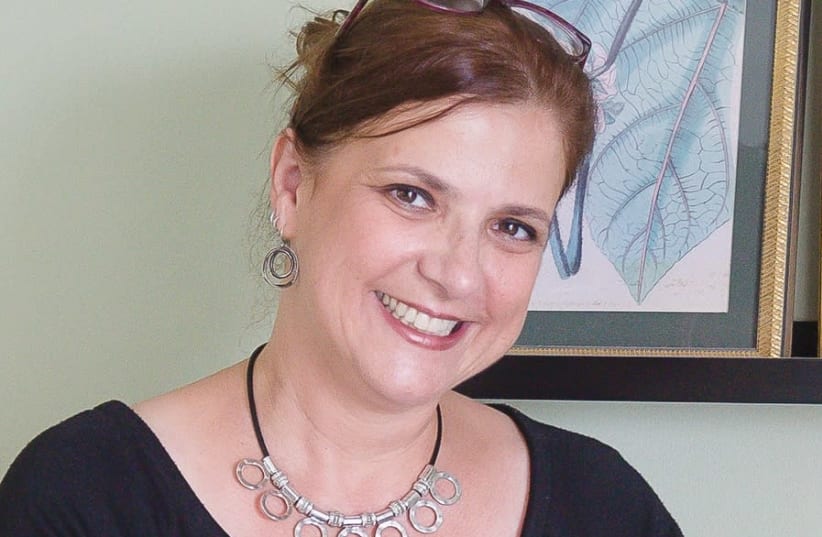IN 1860, Florence Nightingale identified fresh air as “the very first canon of nursing.” She also identified the importance in patient care of quiet, warmth, proper lighting and clean water. The hard evidence for her approach came in the 1980s from Prof. Roger Ulrich of Chalmers University of Technology in Sweden. He discovered that most nature scenes produced positive emotional states and helped to reduce stress in patients, as measured by reduced blood pressure and other physiological indicators. He further found that patients who recuperated while they had a view of nature suffered fewer complications and used less pain medication than those who looked out at a brick wall.Since Ulrich and his research, numerous studies have examined the relationship between the physical design of hospitals and health outcomes. Results show overwhelmingly that a positive physical environment can lower rates of infection, reduce the number of medical errors and alleviate stress.There is growing awareness around the world for the need to create patient-centered healthcare environments that help patients, families and caregivers cope with the stresses that accompany illness. Researchers have used Ulrich’s data to influence this process with a methodology known as evidence-based design.The interior design at Harvard Medical School’s Boston Children’s Hospital, for example, uses colored light and art to reduce stress and improve patients’ ability to cope with pain.
At the Jacobs Medical Center in La Jolla, California, panels are used to hide medical equipment that is usually left visible in hospital rooms. Concealing that medical technology makes the hospital less intimidating for patients.
A clinical trial at New York City-based Mount Sinai Health System is in the works to determine whether bright lights in cancer patients’ rooms during the morning hours can boost their mood, lower depression rates and help them sleep through the night.
Faced with this overwhelming evidence, Bogen became determined to bring these types of healing environments to Israel. Thus began Place2Heal, an organization dedicated to bringing evidence-based design to Israel’s cancer treatment centers.Cancer is traumatic not only for patients, but for their families as well. Reducing stress can contribute to recovery and good health, simply by reducing the trauma experienced during treatment.“Having been through a challenging illness myself, I know the importance of the environment in healthcare facilities,” Bogen said. “Patients and those who join them, staff and visitors, are all affected by the design of the center. When treatments are less comfortable or more stressful, mothers come back weary and they may have less energy to join the family. For those at home, this is scary. Often children see their mother stripped of her ability to function [and] they fear that she will die.”There are 27 cancer centers in Israel to treat the 30,000 people diagnosed with cancer here every year. According to Bogen, a few of the centers have been renovated, primarily with donated money, and they are beautiful. The rest are in dire need of improvement.While a complete overhaul is expensive, Bogen’s dream is not. She plans to redesign existing treatment spaces using relatively small investments to make them into not only functional, but also beautiful, positive healing environments.“I contacted several hospitals in Israel and decided together with the Kaplan Medical Center in Rehovot that we would work together to take the current space in the oncology outpatient unit and transform it into a more healing space and to create the optimum healing environment.”The cancer center in Kaplan sees 15 to 25 patients daily. “It’s crowded,” said Bogen. “And while we can’t change the number of people who come into the center or the endless phone calls, design can reduce noise; lighting can create a soothing environment; dividers can create privacy; and images can create a calming space for the people being treated.”
Shai Adelroy, assistant to the CEO of Kaplan Care Center, said, “We are very excited to join Place2Heal to bring about this important change in the lives of our patients and their families. The improvement of the physical environment of our Oncology Day Care Unit will give the patients the stress-free environment they so richly deserve.”Together with architect Kobi Kantor from Jerusalem and the staff at Kaplan Medical Center, Place2Heal will improve the color, lighting, acoustics, textiles and furniture to transform the current oncology unit. They plan to replace the current seating with comfortable recliners, introduce soft blankets, nourishing snacks, heatreducing windows, sound-reducing tiling and, they hope, install an aquarium.“We will also be adding a break room where patients can take a break from the treatment chair to eat or spend time with their loved ones. The difference these changes will make for patients and their families can be the difference between having hope and feeling despair. They can cut recovery time and give them back some normalcy in the hardest of times.”Japan may have its healing forests, but Israel has Judy Bogen creating places to heal, one outpatient center at a time.
